Como’s Pinacoteca Civica pays tribute to one of its most illustrious citizens with a major exhibition dedicated to Paolo Giovio (1483-1552), humanist, physician, bishop and historian, as well as the creator of the largest and most ambitious collection of portraits of the European Renaissance. Entitled The Collection. Paolo Giovio and Timeless Portraits, the exhibition, curated by Bruno Fasola and open to the public from October 24, 2025 to February 8, 2026, brings together for the first time a significant number of original works belonging to Giovio’s collection, coming not only from the Pinacoteca, but also from important museums and private collections. The last exhibition devoted to this collection was in 1983, on the occasion of the fifth centenary of Paolo Giovio’s birth.
In about thirty years, Giovio put together more than four hundred portraits of figures from different eras and cultures: from Romulus to the leading figures of his time, including Muslim rulers, Ethiopian and Muscovite figures. The collection, surprisingly inclusive for its time, even included enemies of Christendom, such as Turkish pirates, opponents of its patrons such as Georg Frundsberg, as well as famous female figures, including Faustina Mancini and Rossellana, consort of Suleiman the Magnificent. A large section was reserved for men of letters, popes and ecclesiastics-from Pietro Bembo to Clement VII-accompanied by the Elogia, texts written by Giovio himself to describe the appearance and virtues of the characters portrayed.
As the curator explains, Giovio obtained the images from his patrons, from people he met in person, and from artist friends such as Giorgio Vasari-who was inspired by him to write the Lives. What mattered was not so much aesthetic quality as fidelity to the truth: he sought the “vera imago” of the personage, always documenting the source of the portrait. The collection immediately became famous: the powerful of the time and men of culture sent painters to Como to copy the portraits, as did Cosimo I de’ Medici, Giovio’s patron. This diffusion gave rise to other series that were later supplemented: the Gioviana in the Uffizi, the Ambrosiana collection in Milan, and the Ambras Castle series now in the Kunsthistorisches Museum in Vienna. The publication in 1575 of the Elogia illustrati da Tobias Stimmer further contributed to the fortunes of the images of illustrious men.
The portraits were originally intended for the Villa Museo, on the shores of Lake Como and conceived by Giovio as a place of memory and celebration through art. Decorated with frescoes of the Muses and their performers, it was the first space designed to hold a public collection. The villa was demolished before 1615 to make way for the present Villa Gallia: since then the collection has been dispersed, although today the Pinacoteca Civica preserves the main core of 38 original paintings.
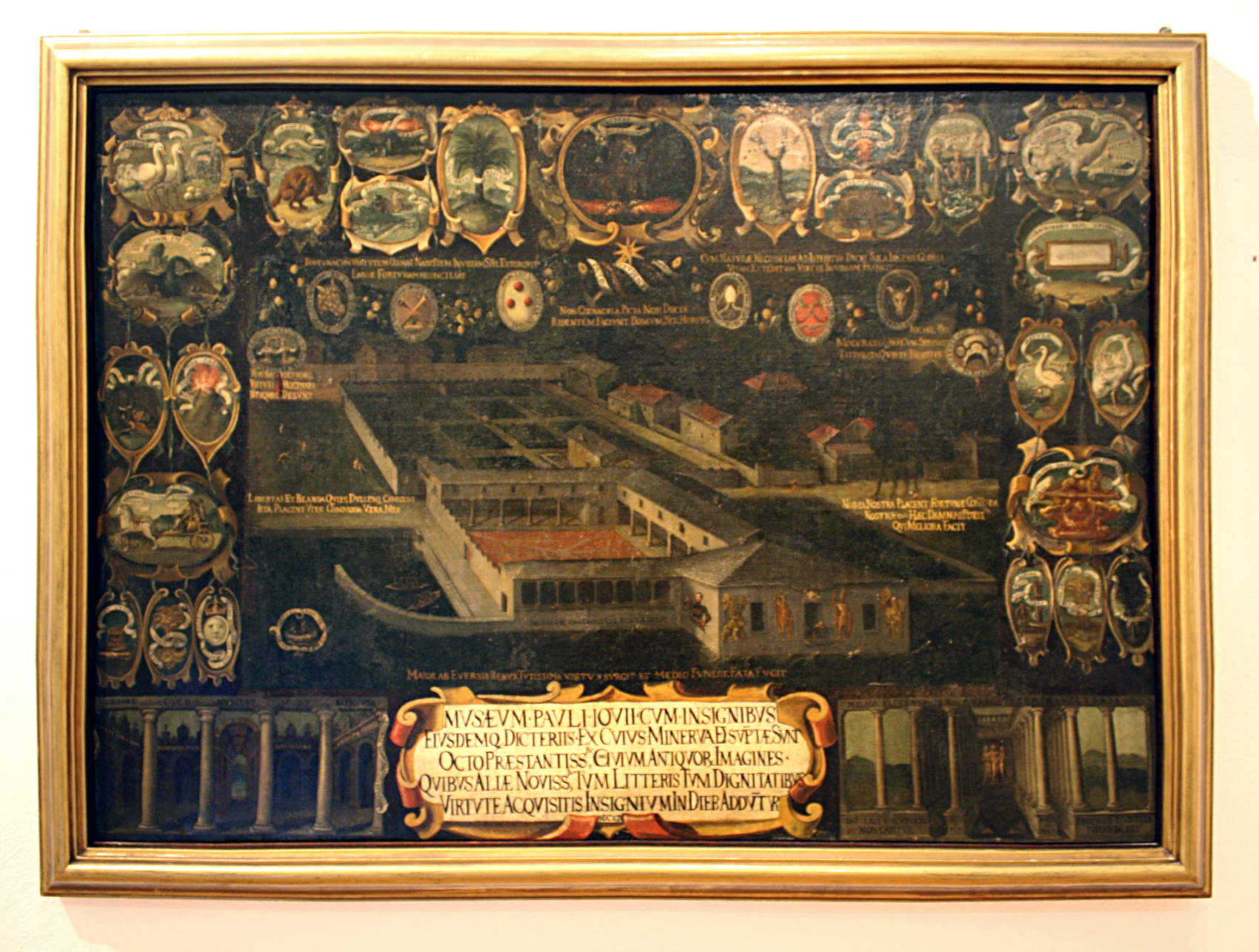

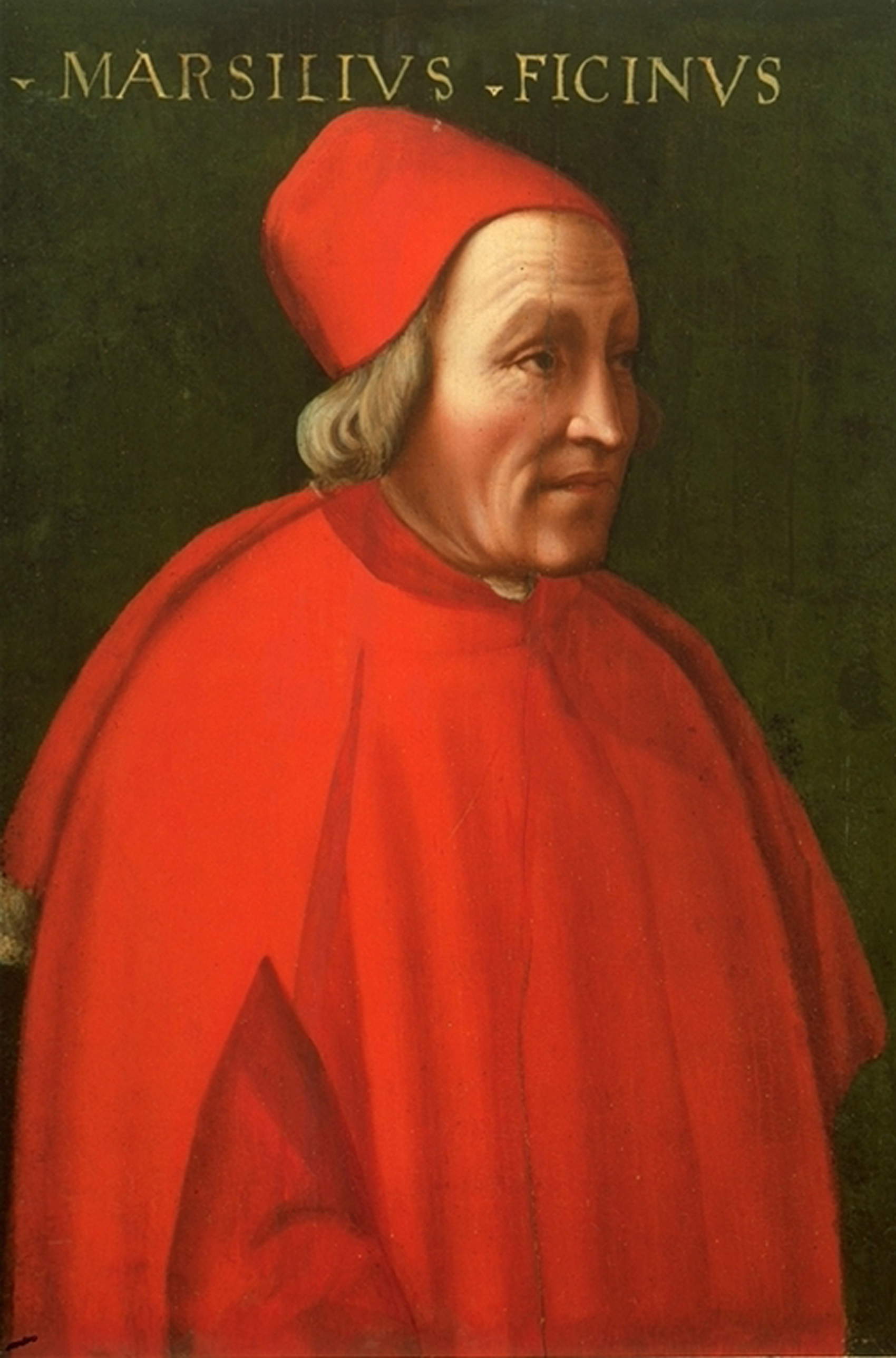
In addition to the 38 portraits owned by the city, the exhibition features important loans, such as the portrait of Alessandro Achillini from the Uffizi, that of Francesco Maria Della Rovere attributed to Titian’s workshop, Baccio Bandinelli’s self-portrait, and the effigy of Rossellana, wife of Suleiman. Also on display are works by Dosso Dossi, Amico Aspertini, Bernardino Campi, Ridolfo del Ghirlandaio, and Francesco Salviati, as well as paintings from the workshops of Titian, Sebastiano del Piombo, and François Clouet. Prominent pieces include the famous portrait of Christopher Columbus, considered the most truthful among those that have come down to us.
There will be no shortage of “virtual” and catalog contributions from Brera, the National Gallery of Canada in Ottawa, the Chicago Art Institute and the Sydney Art Gallery of New South Wales, which were unable to lend the works for conservation reasons.
The exhibition takes place in the rooms on the main floor of the Pinacoteca, divided into five thematic sections. The central hall hosts a multimedia installation that allows visitors to ideally “meet” Giovio and the protagonists of his collection. The Campo quadro space will offer interactive tools to explore biographies and historical context.
Two new rooms will also remain permanently dedicated to the Giovian collection, permanently enriching the museum itinerary.
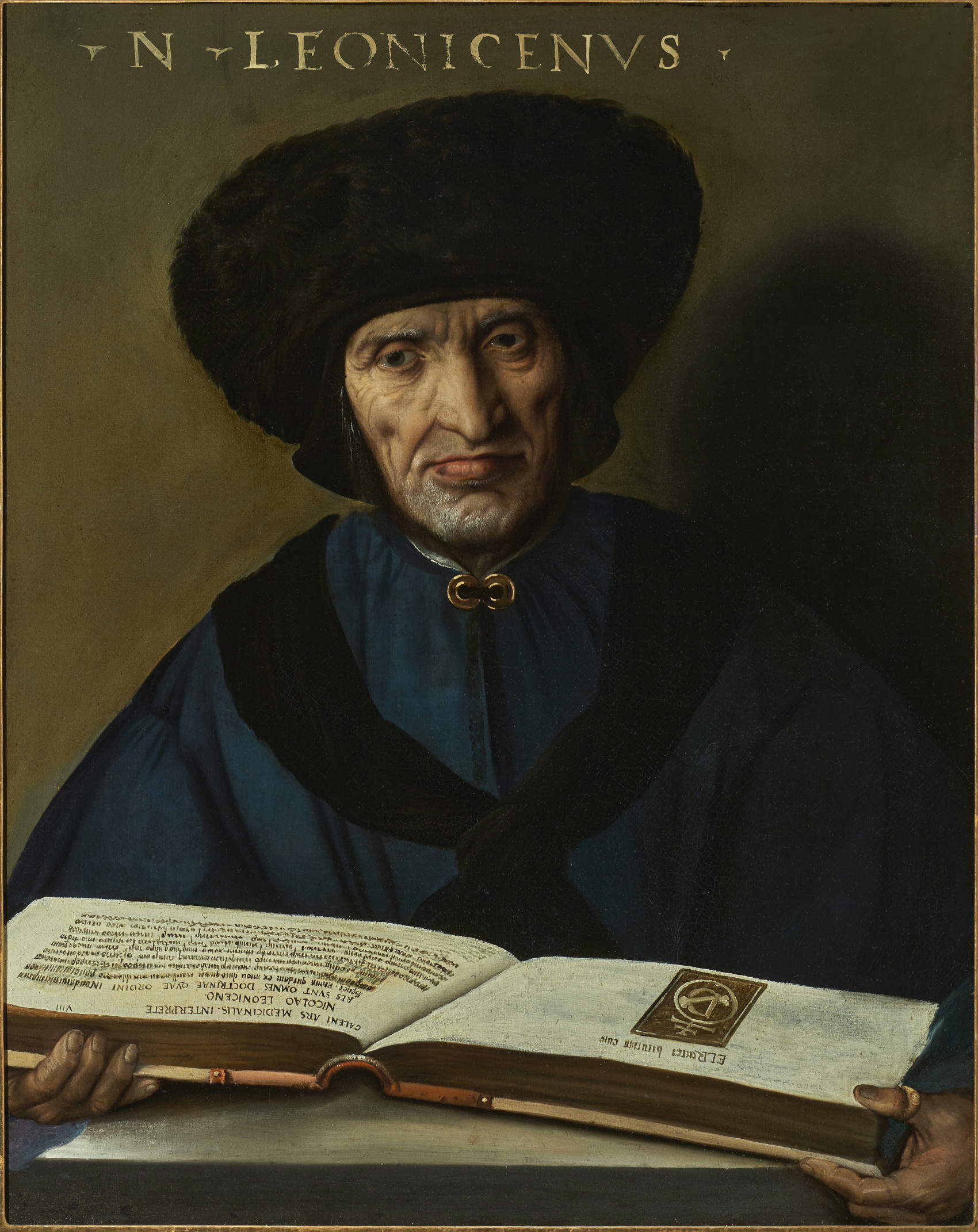
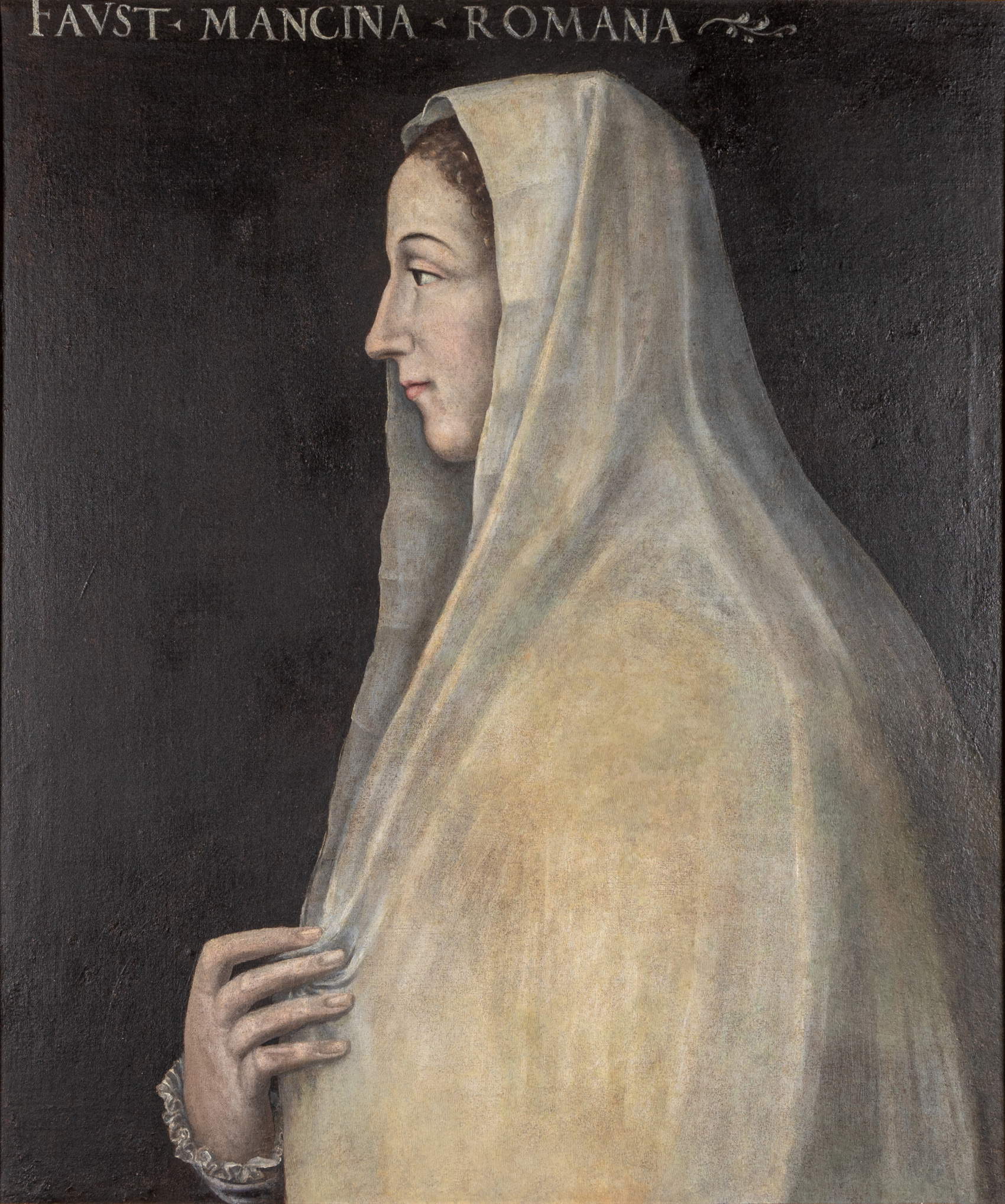
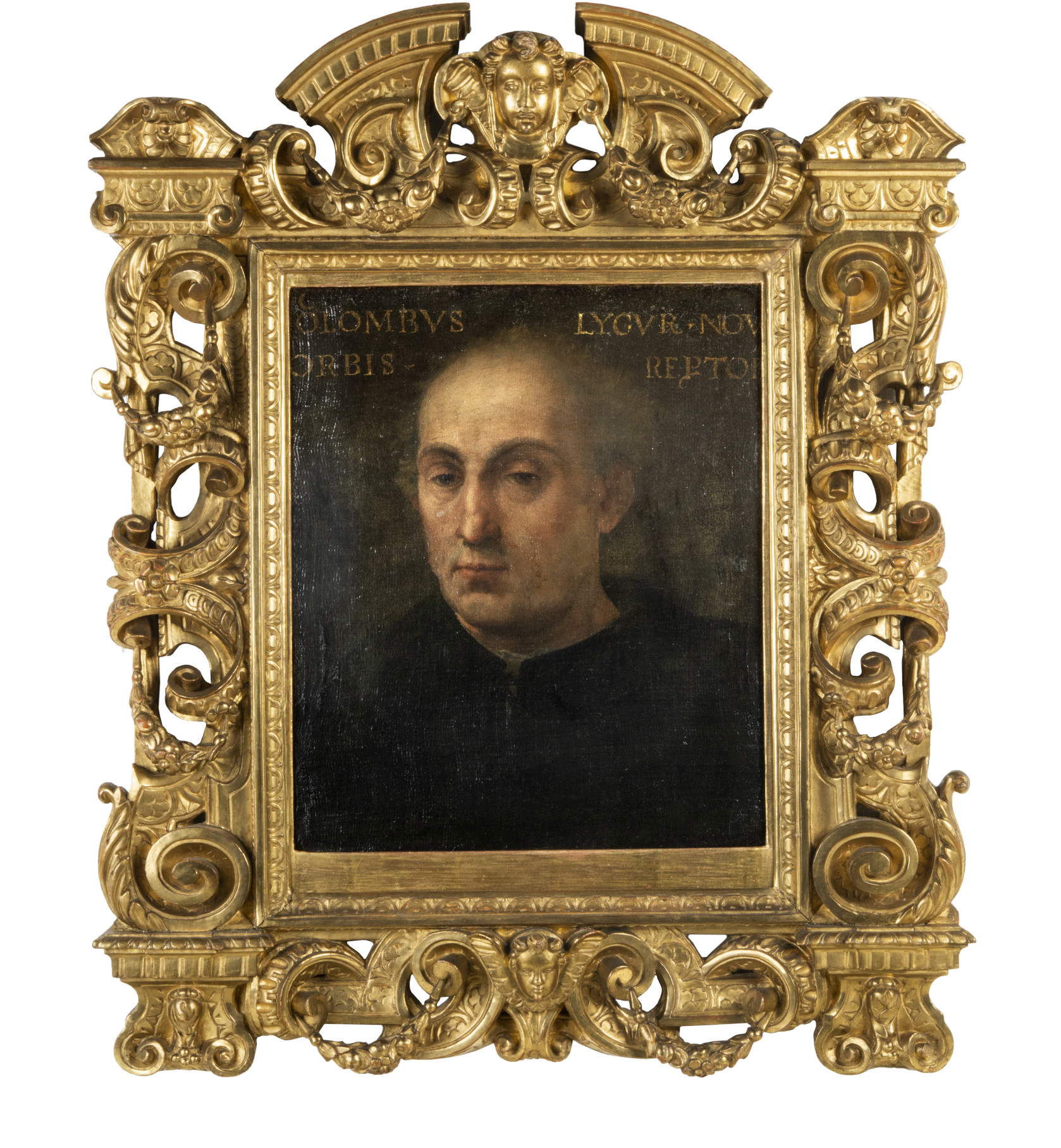
The exhibition also comes about thanks to a restoration campaign launched in 2021 by the Municipality of Como with the support of institutions, associations and private individuals. It will be accompanied by a scientific volume published by Electa, edited by Bruno Fasola and enriched by a contribution from the Uffizi Galleries.
The exhibition will be visitable with the regular Pinacoteca Civica ticket or through the CoMmUnity card, the annual card that allows access to all the permanent collections and temporary exhibitions of the Pinacoteca, as well as the Tempio Voltiano and the Duomo di Como during opening hours. The card, valid 365 days from the date of purchase, is available at museum ticket offices, the Broletto Info Point and on the portal museicomo.vivaticket.it
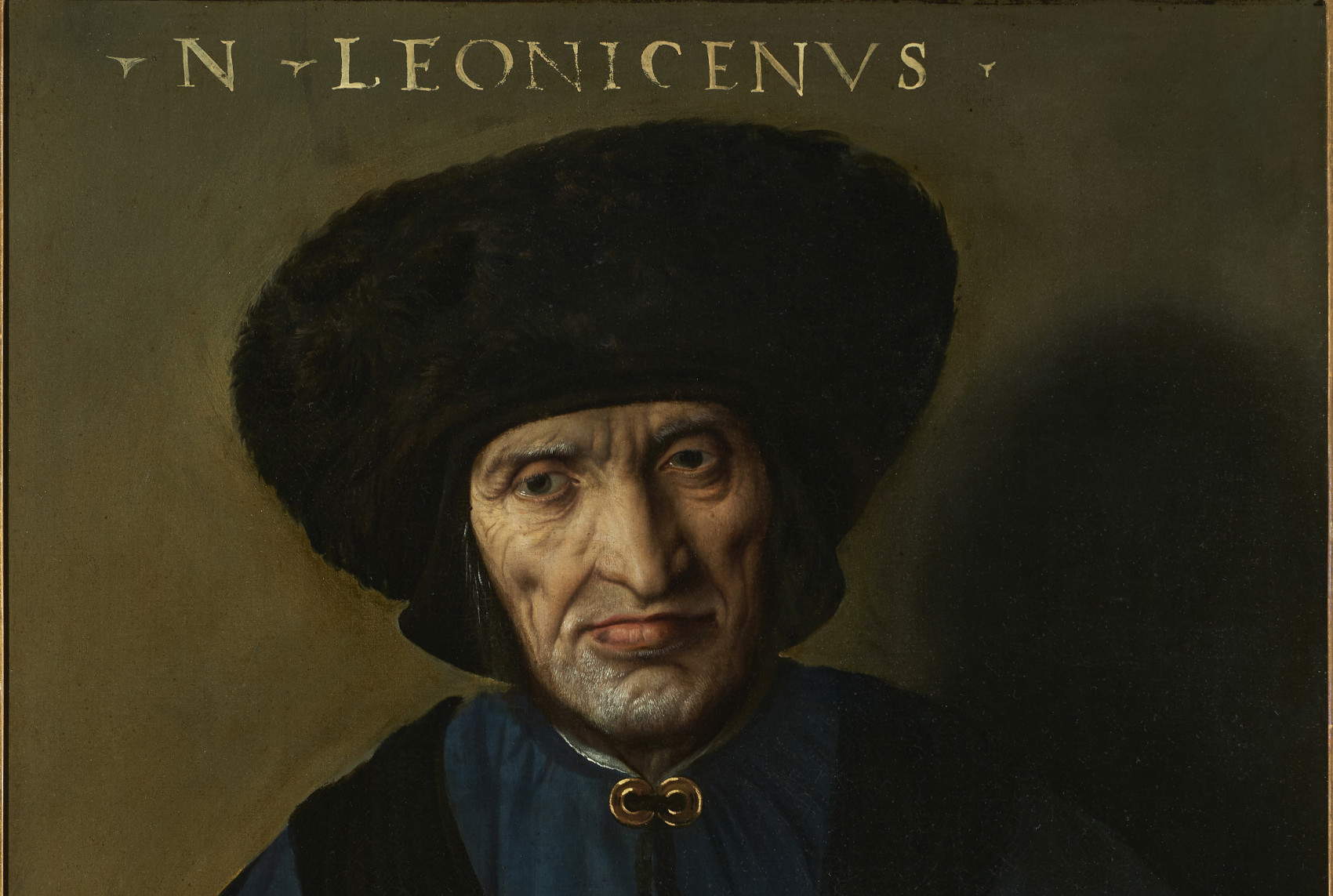 |
| At the Pinacoteca Civica di Como a major exhibition dedicated to Paolo Giovio and his collection of portraits |
Warning: the translation into English of the original Italian article was created using automatic tools. We undertake to review all articles, but we do not guarantee the total absence of inaccuracies in the translation due to the program. You can find the original by clicking on the ITA button. If you find any mistake,please contact us.